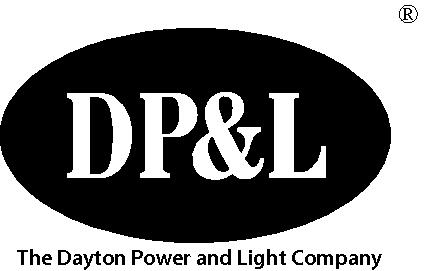excessive earnings. Pursuant to an Order issued on February 13, 2014, our 2012 earnings were found to not be excessive. Through the ESP Order, the PUCO established our ROE SEET threshold at 12% beginning with 2013. In future years, the SEET could have a material effect on our results of operations, financial condition and cash flows.
On June 29, 2012, we filed our application to establish reliability targets consistent with the most recent PUCO Electric Service and Safety Standards (the “ESSS”). We and PUCO Staff reached a settlement establishing new reliability targets in this case. The settlement was approved by the PUCO on October 4, 2013. According to the ESSS rules, all Ohio utilities are subject to financial penalties if the established targets are not met for two consecutive years. As of December 31, 2013, we have not missed any of the reliability targets.
Ohio Competitive Considerations and Proceedings
Since January 2001, our electric customers have been permitted to choose their retail electric generation supplier. We continue to have the exclusive right to provide delivery service in our state-certified territory and the obligation to supply and/or procure retail generation service to customers that do not choose an alternative supplier. The PUCO maintains jurisdiction over our delivery of electricity, SSO and other retail electric services.
Market prices for power, as well as government aggregation initiatives, have led and may continue to lead to the entrance of additional competitors in our service territory. As of December 31, 2013, there were thirty-six CRES providers registered in our service territory. DPLER, an affiliated company and one of the thirty-six registered CRES providers, has been marketing supply services to our customers. During 2013, DPLER accounted for approximately 5,874 million kWh of the total 9,345 million kWh supplied by CRES providers within our service territory. Also during 2013, 87,951 customers with an annual energy usage of 3,471 million kWh were supplied by other CRES providers within our service territory. The volume supplied by DPLER represents approximately 42% of our total distribution sales volume during 2013. The reduction to gross margin in 2013 as a result of customers switching to DPLER and other CRES providers was approximately $318.3 million. We currently cannot determine the extent to which customer switching to CRES providers will occur in the future and the effect this will have on us, but any additional switching could have a significant adverse effect on our future results of operations, financial condition and cash flows.
Several communities in our service area have passed ordinances allowing the communities to become government aggregators for the purpose of offering retail generation service to their residents. To date, a number of communities have filed with the PUCO to initiate aggregation programs. If a number of the larger communities in our service area move forward with aggregation, it could have a material effect on our earnings.
DPLER began providing CRES services to business customers in Ohio who are not in our service territory in 2010 and to residential customers in 2012. Additionally, beginning in March 2011 with the purchase of MC Squared, DPLER services business and residential customers in northern Illinois. The incremental costs and revenues have not had a material effect on our results of operations, financial condition or cash flows.
Federal Matters
Like other electric utilities and energy marketers, we may sell or purchase electric products on the wholesale market. We compete with other generators, power marketers, privately and municipally-owned electric utilities and rural electric cooperatives when selling electricity. Our ability to sell this electricity will depend not only on the performance of our generating units, but also on how our prices, terms and conditions compare to those of other suppliers.
As part of Ohio’s electric deregulation law, all of the state’s investor-owned utilities were required to join an RTO. In October 2004, we successfully integrated our high-voltage transmission lines into the PJM RTO. The role of the RTO is to administer a competitive wholesale market for electricity and ensure reliability of the transmission grid. PJM ensures the reliability of the high-voltage electric power system serving more than 50 million people in all or parts of Delaware, Illinois, Indiana, Kentucky, Maryland, Michigan, New Jersey, North Carolina, Ohio, Pennsylvania, Tennessee, Virginia, West Virginia and the District of Columbia. PJM coordinates and directs the operation of the region’s transmission grid, administers the world’s largest competitive wholesale electricity market and plans regional transmission expansion improvements to maintain grid reliability and relieve congestion.
The PJM RPM capacity base residual auction for the 2016/17 period cleared at a price of $59/MW-day for our RTO area. The prices for the periods 2015/16, 2014/15 and 2013/14 were $136/MW-day, $126/MW-day and $28/MW-day, respectively, based on previous auctions. Future RPM auction results will be dependent not only on the
